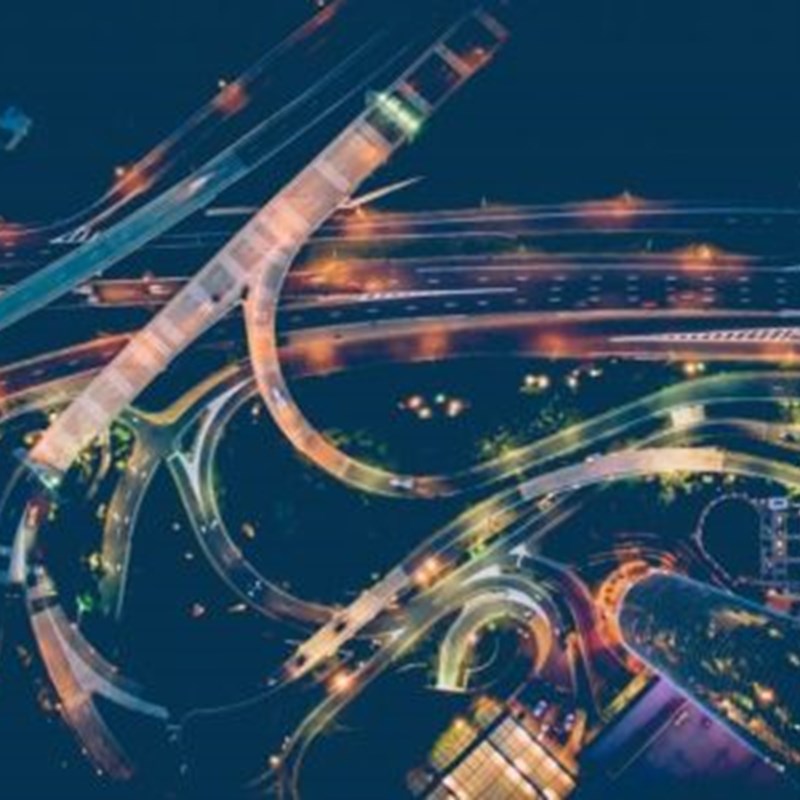
Stuck in a jam
Ask most people their least favourite way to waste time and they will probably mention traffic jams. Studies have shown that those of us who commute for 20 minutes or more a day are susceptible to chronic stress. We all know how it feels to be sitting in traffic, worrying about being late for a meeting and feeling our blood pressure rise. Unlike a delayed train, where internet connectivity and freedom to concentrate on catching up on emails can actually be a positive use of our time, a traffic jam really is a drain on our time and productivity. The economic impact of this is significant – a couple of hours in traffic per employee per day over a year adds up to a staggering amount of wasted time.
It isn’t just our health and work productivity that are suffering as a consequence of high congestion levels in our cities and on our highways. Car engines left running at a standstill account for significant levels of pollution in cities across the world. Urban pollution could drop drastically if traffic jams were eradicated; resulting in cleaner air and safer environmental levels.
Focus on traffic
How can we reduce the number of traffic jams, how can we make them smaller, and how can we offset the damage they cause to our health, productivity, economy and environment? The answers to these significant questions are the focus of dedicated think tanks and research teams across the technology sphere and beyond.
Strong partnerships are being forged between car manufacturers, tech giants, mobility start-ups, highway agencies and government bodies to find the answers.
Traffex
Events such as Traffex bring together local authorities, regional government and other organisations looking to deliver continuous, cost-effective and efficient improvements to road and highway networks. Traffic management, traffic safety, intelligent transport systems (ITS) and automated number plate recognition (ANPR/ALPR) all feature prominently.
ITS solutions
There are many emerging and existent innovative solutions designed to ease congestion levels in urban environments and on highways and many of them could contribute to a traffic-free future.
Arkessa-connected Clearview provide connected traffic solutions such as the Sheriffhall Roundabout scheme near Edinburgh, UK, where as soon as a traffic signal on the entrance to the roundabout turns green, studs embedded in the road surface immediately illuminate and guide drivers to the appropriate lanes of the roundabout. As the traffic signal turns red, all studs on that section switch off and studs at the next section light up as the corresponding traffic signal turns green.
MVIS has collaborated with Arkessa and others to provide real-time end-to-end ITS solutions such as integrated and portable variable message signs (VMS), mobile traffic lights and connected traffic cones. This collaborative approach to providing solutions is gaining traction and finding success across Europe.
Safer smart roads
Safer traffic solutions like ANPR technology deployed in connected speed cameras are already proving to be extremely effective in reducing speeds on some of the most dangerous roads in the UK. On the A9 in Scotland, cases of ‘excessive speeding’ (driving over 10mph over the limit) were down 97% following the installation of connected speed cameras using Jenoptik ANPR technology along the route.
Traffic information
A complete eradication of all traffic jams may not be imminent, although it is certainly a possibility, even a probability, for the future. Right now, however, drivers want to be better informed about congestion. We want to know exactly how late we are likely to be for our meeting, and even better, if there is an alternative route that will get us there on time. Connected road signs that react to traffic conditions and provide diversions to get drivers moving again are bound to be popular with commuters. Drones, sensors and connected traffic monitors are all able to help with providing drivers with the data we need to improve our journeys and help make us feel more in control and safer behind the wheel.
For more information on connected autonomous vehicles and mobility solutions, read our blog post here.